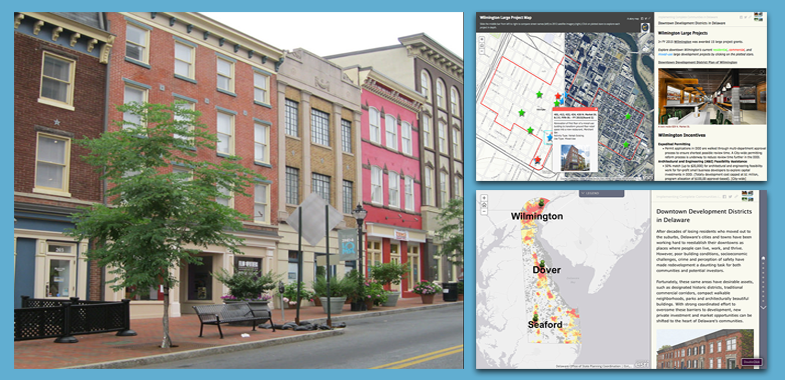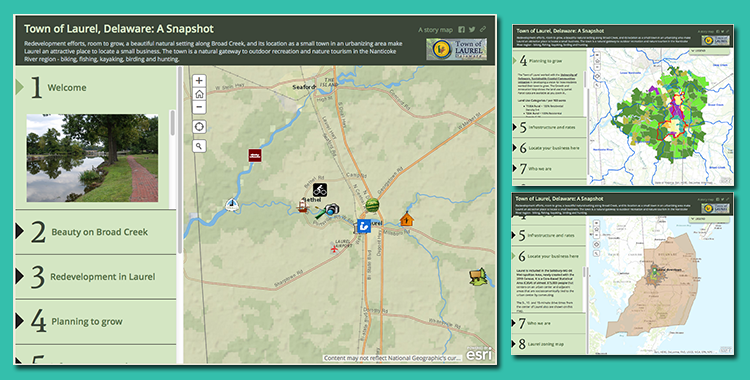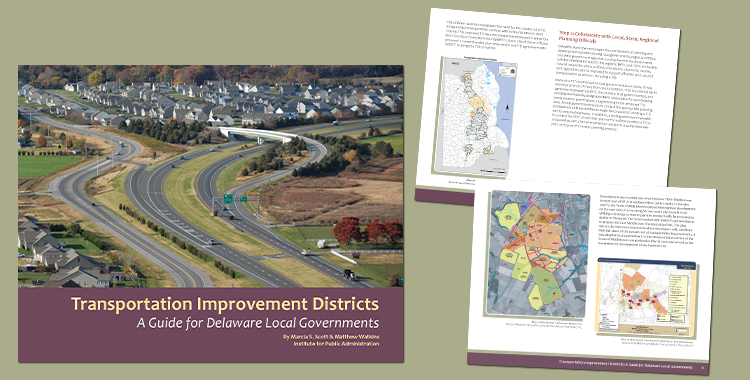by Sarah Marshall Pragg | Mar 10, 2017 | News, Toolbox
Delaware’s municipalities are increasingly being asked to focus much of their attention on the state’s expected new growth and development. Municipalities must make difficult decisions that can have long-lasting impacts on the community’s character, economy, and...
by Sarah Marshall Pragg | Mar 10, 2017 | News, Toolbox
Enacted by the Delaware General Assembly in 2014, the purposes of the Downtown Development Districts Act (the Act), are to: Spur private capital investments in commercial business districts and other neighborhoods; Stimulate job growth and improve the commercial...

by Sarah Marshall Pragg | Jul 1, 2016 | News, Toolbox
On June 27, Governor Jack Markell and the Delaware State Housing Authority announced that Wilmington, Dover, and Seaford will receive $4.5 million in grant funding for 11 downtown revitalization projects at part of Delaware’s Downtown Development Districts...

by Sarah Marshall Pragg | Nov 9, 2015 | News, Toolbox
This GIS Story Map was developed for the Town of Laurel to highlight its outstanding redevelopment potential, location for small businesses, and quality of life. The GIS Story Map offers a variety of demographic and marketing data, points of interest, marketing...

by Sarah Marshall Pragg | Feb 27, 2015 | News, Toolbox
To help Delaware local governments better understand DelDOT regulations that govern the process to plan for and establish a TID, the Institute for Public Administration developed an electronic publication, Transportation Improvement Districts: A Guide for Delaware...




